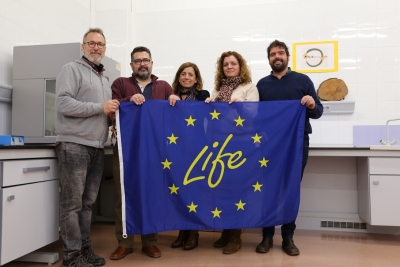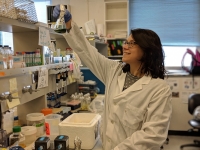“Soil photosynthesis” helps to mitigate environmental pollution
Escrito por UCC+iAn UCO research group has discovered that the effect from solar radiation produces an exchange of nitrogen gases in soil that allows for sequestering harmful gases and turning them into nitrate
Natural and Recycled Materials to Reduce the Environmental Footprint of Construction
Escrito por UCC+iThe LIFE ReNaturalNZEB project seeks to reduce the environmental footprint of the Construction sector through the use of recycled and natural materials
Cyanobacteria: the photosynthetic bacteria that “invented” the world
Escrito por UCC+iThe function of new microRNAs are identified in Salmonella and Shigella infections
Escrito por UCC+iThe research, published in Nature Microbiology, could help the search for more effective medicine and delves deeper into understanding the role of microRNAs in gene expression
SUDOANG | To the rescue of the European eel, a species of high biological value in critical danger of extinction
Escrito por UCC+i'Sudoang' will endeavour to resolve some of the mysteries about the biology of this species, with the aim of protecting it
UNREDE | Microalgae reveal the defence strategies of plants against excess solar energy
Escrito por UCC+iThe results of the UNREDE project could be important to help these organisms survive under adverse conditions







